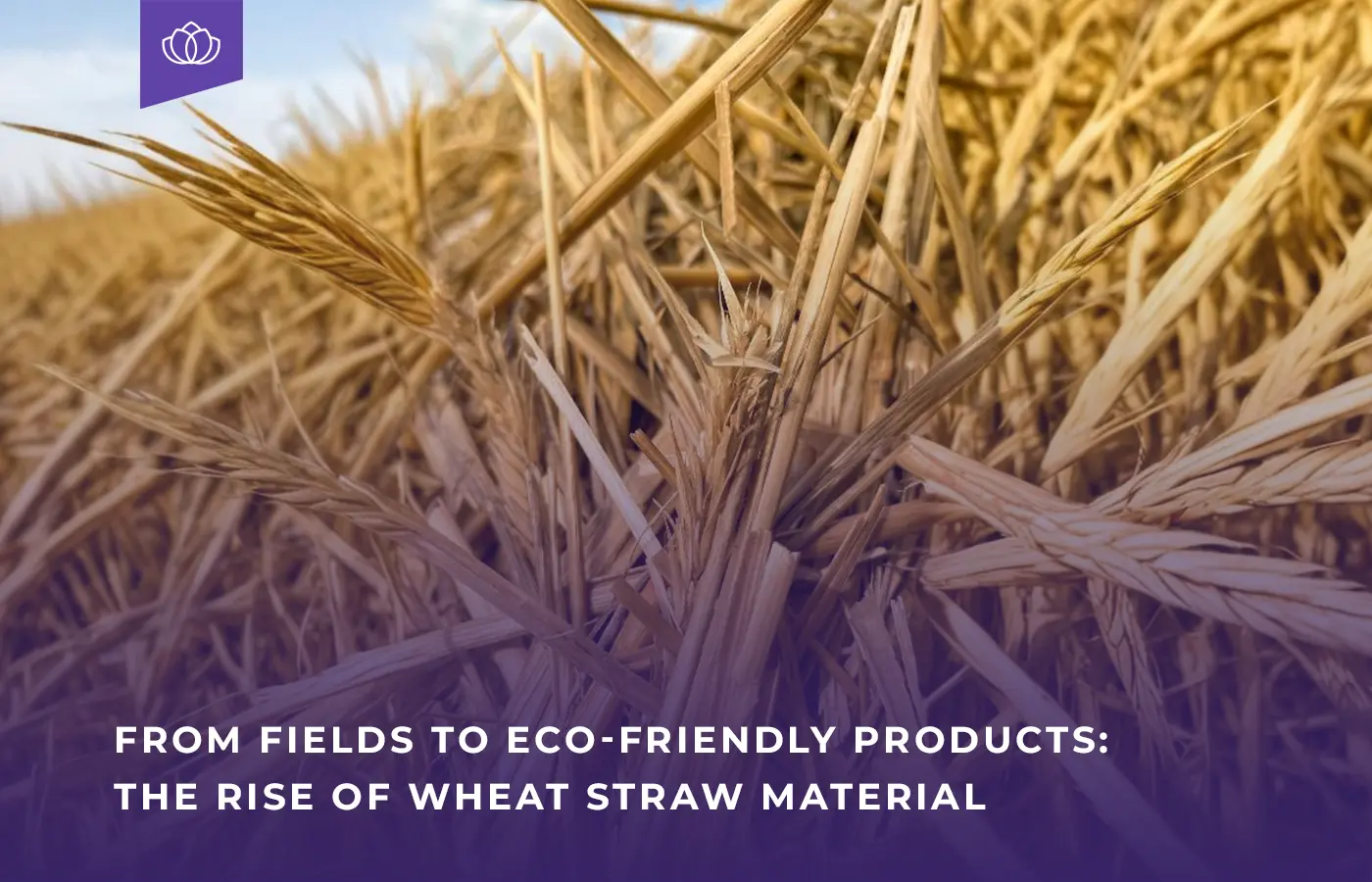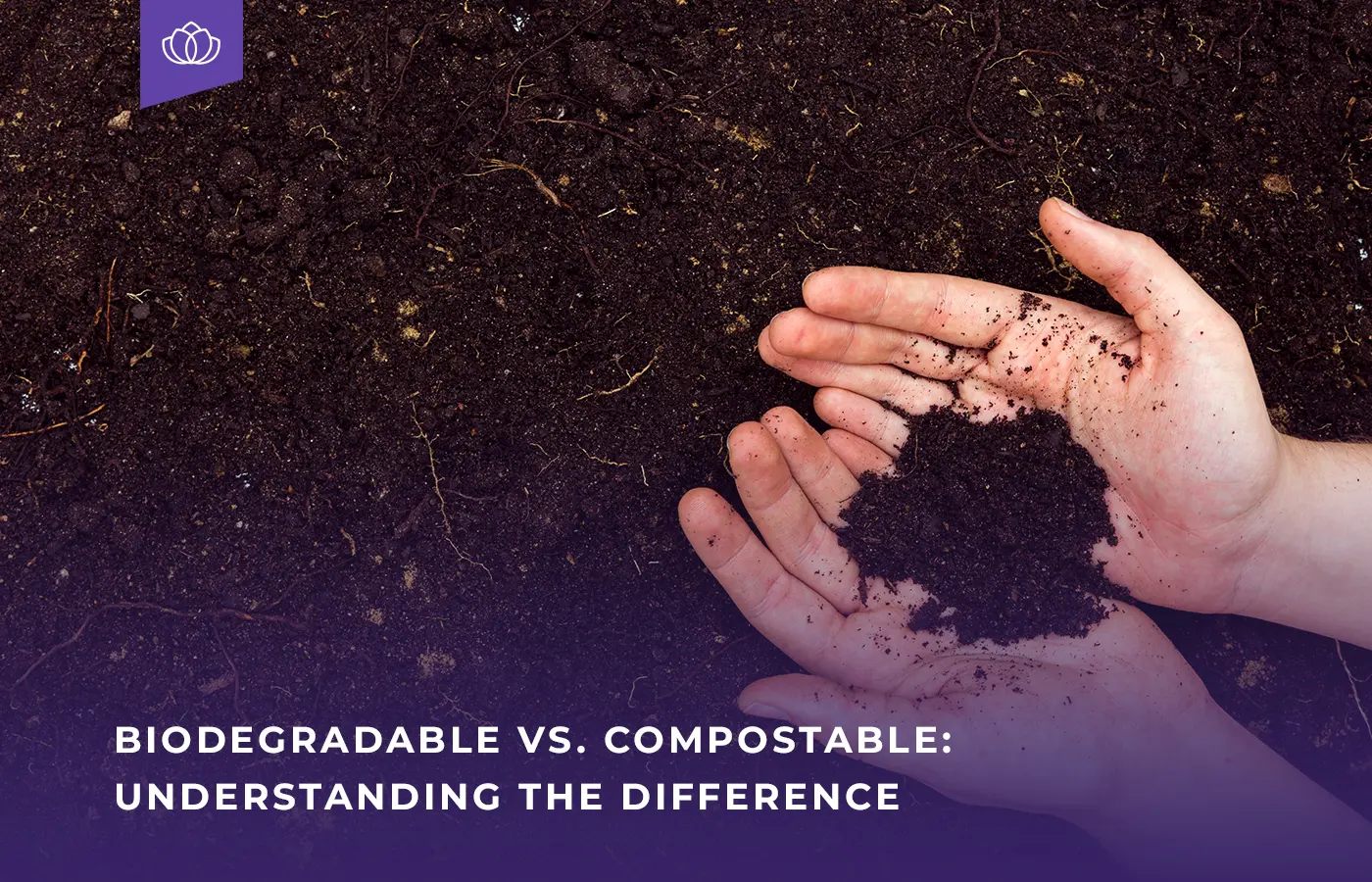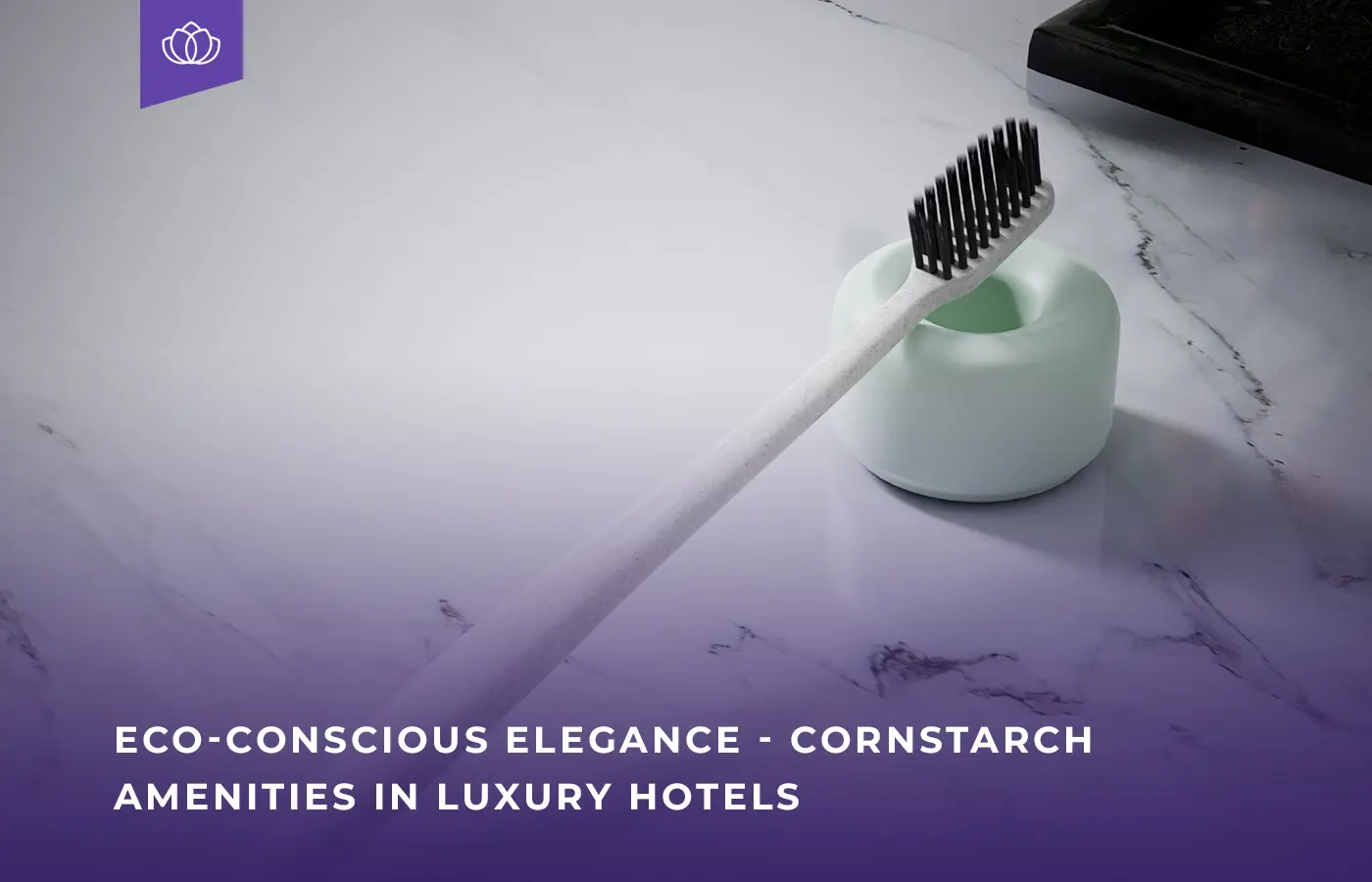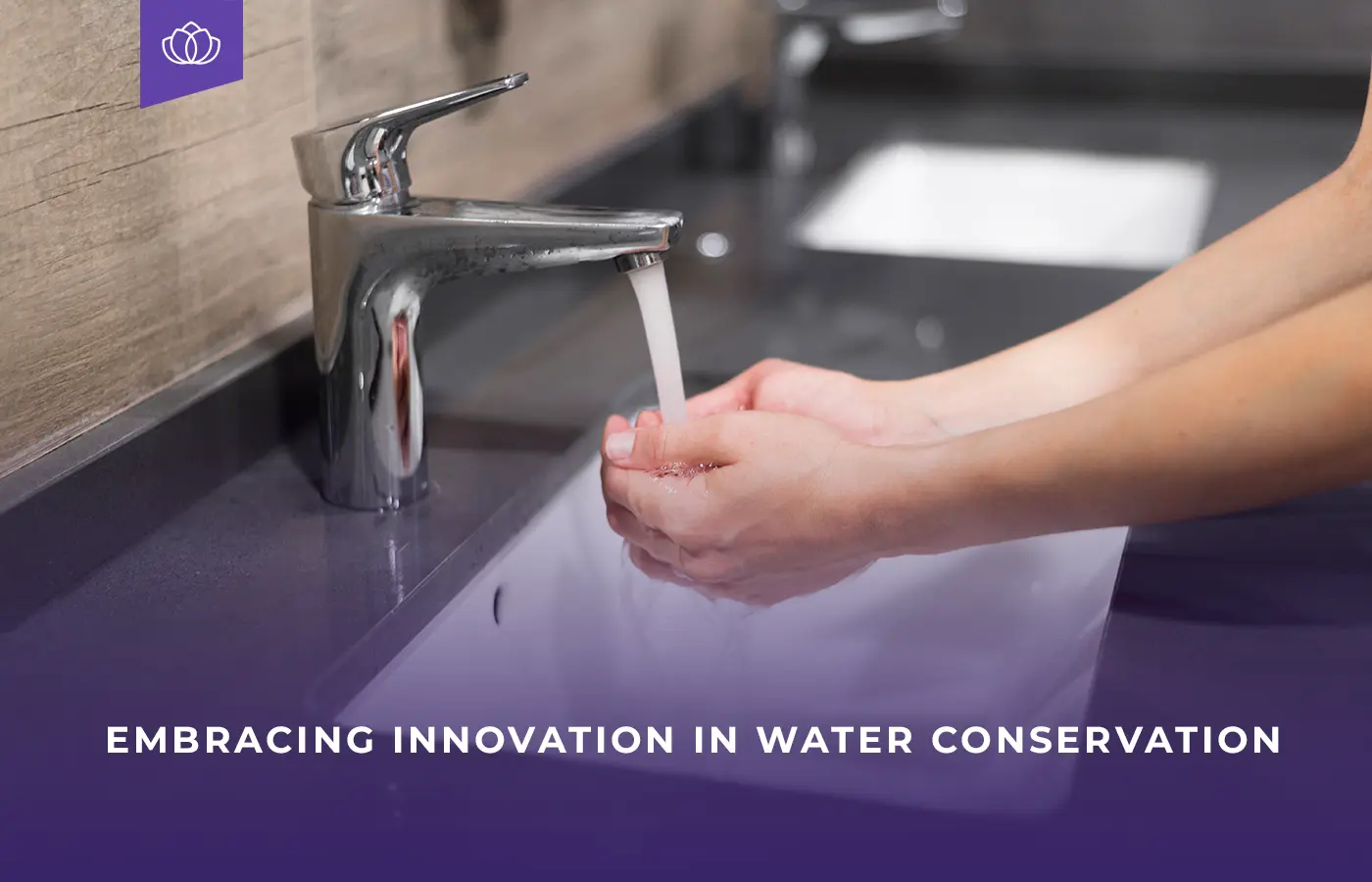They say happiness begins with a smile, but let’s be honest, that smile wouldn’t be half as confident without a trusted tube of toothpaste. It’s more than mint and fluoride; it’s part of our daily routine, a small yet powerful symbol of care we often overlook. Toothpaste or dentifrice has evolved significantly over centuries, transforming from primitive mixtures to advanced formulas catering to diverse dental needs. It’s time to give this daily essential the credit it deserves, it’s not just a paste; it’s a game-changer for conscious living.
Brief History of Tooth Paste
Toothpaste first appeared in ancient Egypt around 3000 BC. It has ingredients like ox hooves’ ashes, pumice, and burnt eggshells to keep teeth clean and white. The Greeks and Romans added abrasiveness with crushed bones and oyster shells, while the Chinese used salt, herbal mints, and ginseng for freshness. The Romans added extra flavoring to help with bad breath and powdered charcoal and bark. In India, as early as 500 BC, natural remedies like neem and herbal powders were common for cleaning teeth.
By the 1800s, modern clean paste began to take shape with soap and chalk, and in the 1900s, it was refined with fluoride and smoother formulas. Today, it is a universal essential, enriched with oral care and sensitivity innovations. From ancient powders to modern innovations, it has come a long way in catering to our oral hygiene needs.
Now, let’s dive into the different types of toothpaste available today and how they cater to various dental concerns.
Types of Toothpaste
Brushing twice a day with dentifrice is essential for maintaining oral health, but did you know there’s a wide variety of types, each serving a unique purpose? Read on to discover the options and find the one that suits your needs best!
- Fluoridated :
It is the most popular toothpaste in the world. It accounts for over 90% of it’s sales as it is known to fight tooth decay and cavities. It contains fluoride, strengthens the roots, and remineralizes teeth that have minor amounts of decay already.
- Herbal :
If you prefer to eliminate chemicals from your mouth, herbal toothpaste can be a great alternative. These pastes made with natural ingredients are also biodegradable and suitable for those sensitive to additives. However, when choosing herbal, ensure it contains a small amount of fluoride, as fluoride-free options may not effectively prevent tooth decay.
- Sensitivity :
There is a toothpaste for people who suffer from tooth sensitivity. The prominent ingredient in this paste blocks microscopic holes in the tooth that lead to nerve endings. It protects these nerves, and you will feel less sensitivity to heat and cold. It takes up to four weeks for you to experience the benefits if you start using it now.
- Whitening :
Many products in the market contain whitening ingredients that are made for regular use. They aren’t as powerful as tooth whitening treatments, but they help remove surface stains. This type of paste consists of fluoride with an enzyme component. So, it can cause extra tooth sensitivity and is not usually recommended for people with sensitivity issues.
- Tartar Control :
Tarter is caused by plaque that hasn’t been removed from the teeth before it hardens. When it isn’t removed, it can cause issues like tooth and gum decay. Tartar can only be effectively removed with a professional dental cleaning. However, tartar control dentifrices are available to help reduce and prevent its buildup between cleanings.
6. For Smokers :
This type of toothpaste is specifically formulated to fight stains caused by frequent smoking. It contains stronger abrasives than regular fluoride paste, making it more effective at removing dark stains from tobacco use.
- For Children:
Toothpaste for kids is specially made with less fluoride to minimize the risk of over-ingestion and fewer abrasives to protect their sensitive teeth. It predominantly comes in fun, tasty flavors like strawberry, blueberry, mango, etc, to make brushing an enjoyable experience. Choosing the right paste for your child is an essential step in building an effective and healthy oral hygiene routine.
How Much Toothpaste Do We Need To Brush Our Teeth?
You might see commercials that show toothpaste covering all the bristles on a toothbrush. According to WHO, and National Library of Medicine, the recommended amount varies for adults and children. Here’s what you need to know for effective brushing.
Adults
The World Health Organization (WHO) emphasizes the importance of brushing twice daily with fluoride toothpaste to prevent dental cavities. Adults are advised to use 6 tubes of 170g paste and 4 toothbrushes annually.
Children:
The National Library of Medicine recommends these much quantities for children:
- Under 3 years old: A smear, roughly the size of a rice grain.
- 3–6 years old: A pea-sized amount to ensure proper dental care without overuse.
Proper oral care begins with understanding the importance of using the right paste for teeth in the right amount. Providing trusted oral care solutions is essential for creating a positive and lasting impression. OLHS offers premium toothpaste brands like Colgate, Anchor, and Meswak, catering to diverse needs, from fluoride-based protection to herbal care. By partnering with OLHS, you can ensure your offerings reflect quality and well-being, leaving your audience with confident, healthy smiles.
Conclusion
Toothpaste has grown from its ancient roots into a vital part of modern oral hygiene. With its many variations catering to specific needs, whether it’s fighting cavities, soothing sensitivity, or keeping kids excited about brushing, this small tube plays a big role in our lives. By choosing the right paste and brushing habits, we can ensure healthy smiles for ourselves and our families every day. After all, oral care is not just about routine; it’s about building confidence and fostering well-being, one brushstroke at a time. Get in touch with OLHS for premium oral care solutions that make a difference.
Stay tuned for the next chapter where we explore the sustainable side of toothpaste, its surprising uses, and the innovations behind leading brands.
Stay updated with the latest news, insights, and exclusive content by following us.














